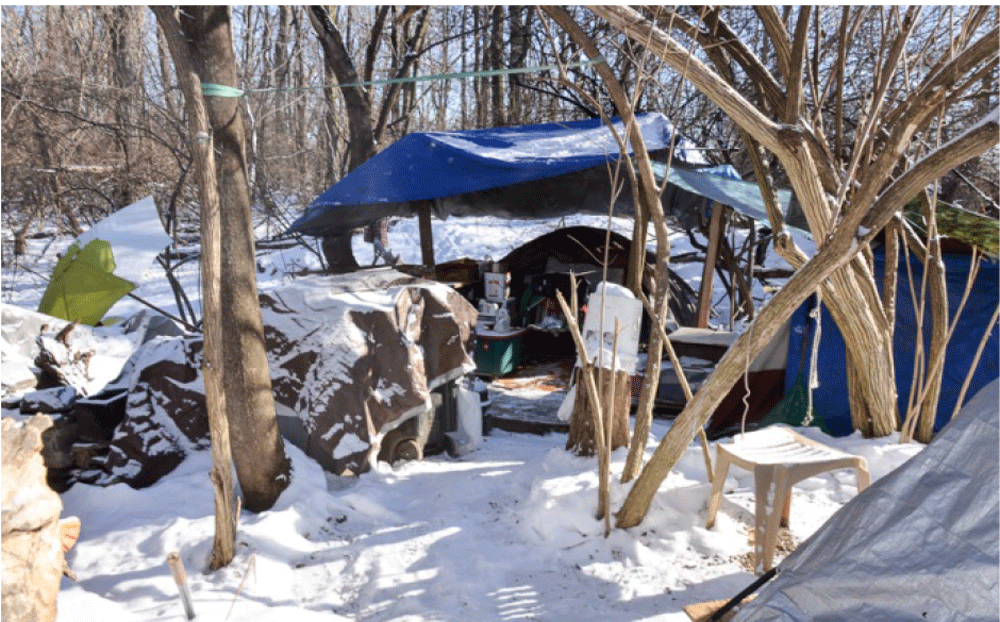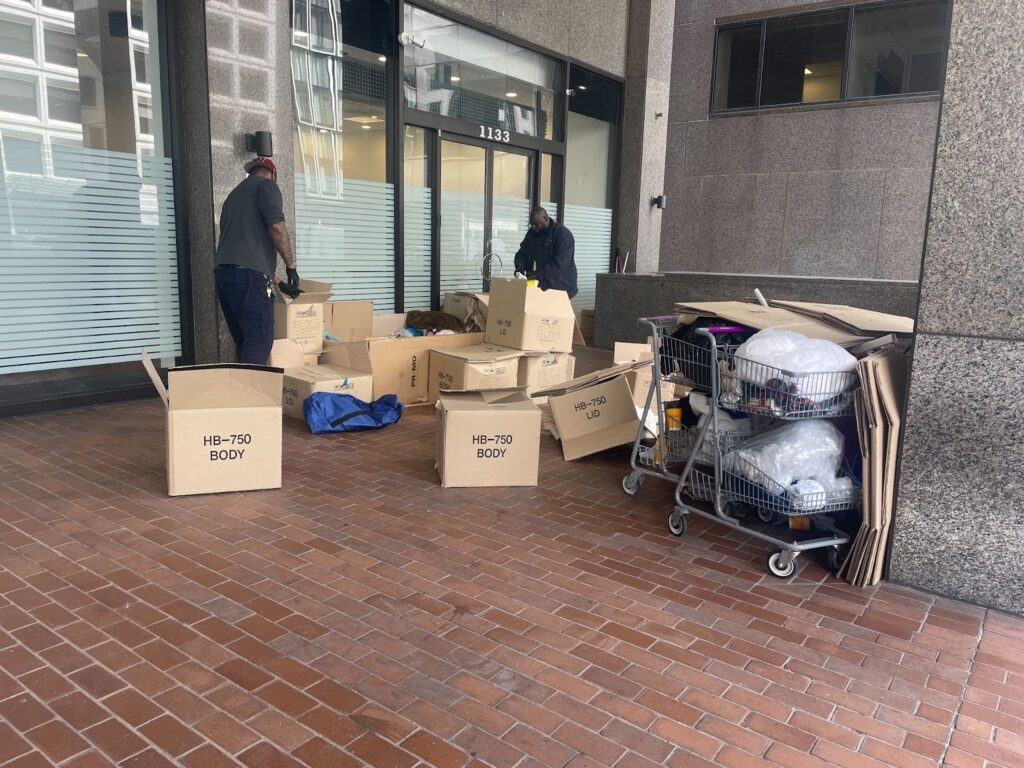Though the summer heat has just begun to melt away, the city has already finalized its winter plan to protect those who are homeless from cold-weather injuries, such as hypothermia. The plan, required by law, was unanimously adopted by the Interagency Council on Homelessness on September 1.
Hypothermia season is from November 1 to March 31, though an alert may be called at any time.
In response to data on the number of individuals and families seeking shelter during hypothermia season in previous years, the ICH included a 20 percent contingency estimate to each anticipated count in the 2015-2016 comprehensive plan.
The city projects a need for 1600 beds for single adult men, 490 beds for single adult women, and between 553-981 private units for families, depending on the month. These are capacity estimates for what the District expects to need at the peak of the cold season, not the expected need on November 1.
However, these numbers are just that: an estimate. Numbers in the winter plan are primarily based on previous years, but considering that more people sought shelter in July 2015 than at the peak of last winter, service providers cannot be certain of the need.
“Frankly, the thing that scares a lot of us is that we don’t know if we’re at the beginning, middle, or end of our housing crisis,” said Scott McNeilly, co-chair of the ICH executive committee.
The recently approved plan outlines how the city will protect residents who do not have homes from cold-weather injuries, an obligation under DC law. The plan includes overnight shelter arrangements for youth, single adults, and families, day centers, as well as transportation, food and case management and mental health services, and cooperation of the Metropolitan Police Department (MPD).
Though many of the procedures outlined in the plan operate regardless of the temperature, additional resources become available during a hypothermia alert, which is called when the actual or forecasted temperature is 32 degrees Fahrenheit or below.
Street outreach to those in need will expand significantly during this season. Services will include crisis intervention, mental health screening, referrals to shelters, and housing assessments. Nine additional vans have been added to the transportation schedule in order to decrease wait times; for many, vans are the primary means of getting to and from shelters. Van drivers will be equipped to distribute blankets and cold weather supplies to those that decline the opportunity to receive shelter.
In an effort to help those most vulnerable and reluctant to come inside, the city employed warming buses during the winter of 2014-2015, until they were suspended. Though the buses received high praise for saving lives, they were not unanimously welcomed by business owners and homeowners in the neighborhoods where they were strategically parked.
“Generally, the warming busses were well received by our clients. The warming buses allowed people to stay with their belongings and in the parts of the city that they knew well,” said McNeilly. “The ICH was supportive of using those busses, but it was something that was outside of our control.”
The plan has since expanded the use of neighborhood-based recreation centers and churches.
If shelters become filled near capacity, these recreation centers — identified as overflow sites around the city — will be activated.
“The reliance on the rec centers has been good in some ways, and challenging in others,” said McNeilly. “It’s been good in that they’ve been a reliable source of basic space well distributed around the city. There have been some challenges associated with them in that they’re not necessarily available early in the evening. They can’t really get the beds set up, or make sure meals are available until 9 p.m. when their other activities have ended.”
In a new development applauded by advocates and service providers, hypothermia alerts will also be called when the temperature is forecasted to be below 40 degrees Fahrenheit if there is a 50 percent chance or greater of precipitation.
“It’s long been known that the risk of hypothermia is as much linked to getting wet as it is to getting cold,” said McNeilly. “It’s a compassionate response.”
Additionally, efforts of Mayor Muriel Bowser’s administration to move families out of shelters and into homes, as outlined in the Homeward DC plan, are echoed in the procedures for the winter. In fact, portions of the winter plan — particularly family capacity — are reliant on the District’s ability to maintain a high level of exits
“The question is, do we have adequate staff to do that,” asked McNeilly.
This is not an uncommon skepticism of the plan, as the numbers outlined are rather optimistic.
If and when exit rates are slowed down, the District will be forced to utilize contracted motels. In preparation, and with expectancy that anticipated numbers may rise, several motels in the DC area have been pre-contracted.
“In many years past, and with prior administrations, it was a challenge to get the city to recognize the need for back up plans and contingency plans. Now it’s more a part of the culture. [The city] recognizes that we need to be prepared for the worst,” said McNeilly.
The plan is designed to remain fluid in order to accommodate ever-changing data sets and capacity charts, which are expected to be revisited on a regular basis.
One major expected change is the need to serve youth, particularly those age 18-24. The District recently conducted its first ever homeless youth census as a means to derive capacity figures, but the data will not be available until December.
In a presentation given by the ICH on the day of the vote, members explained that youth hotlines would be active 24/7, and that teams are remaining committed to building capacity for this population.
“Our commitment and our obligation is managing to the need, not the number in the plan,” said Kristy Greenwalt, Executive Director of ICH. “We will bring on additional capacity as needed.”








